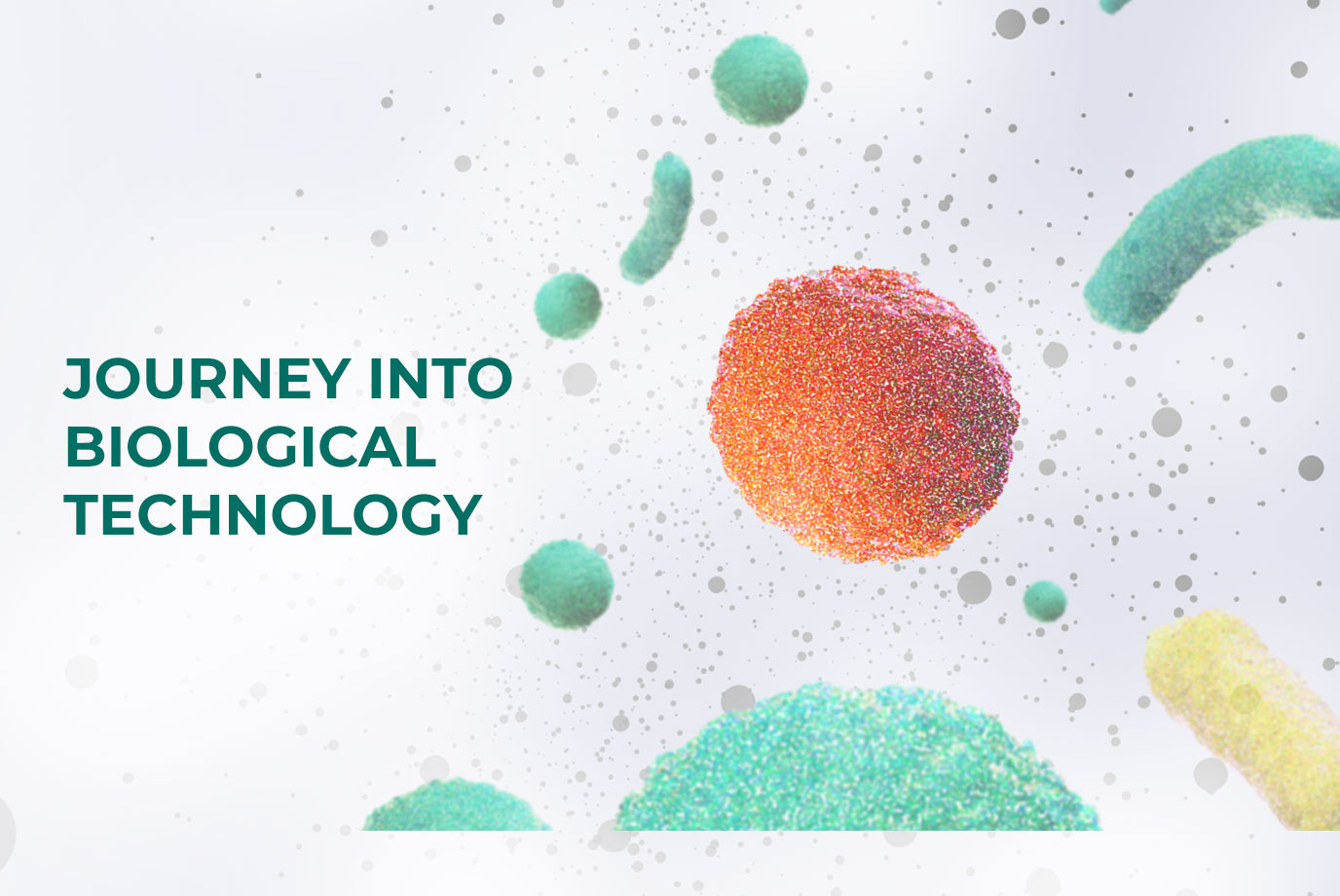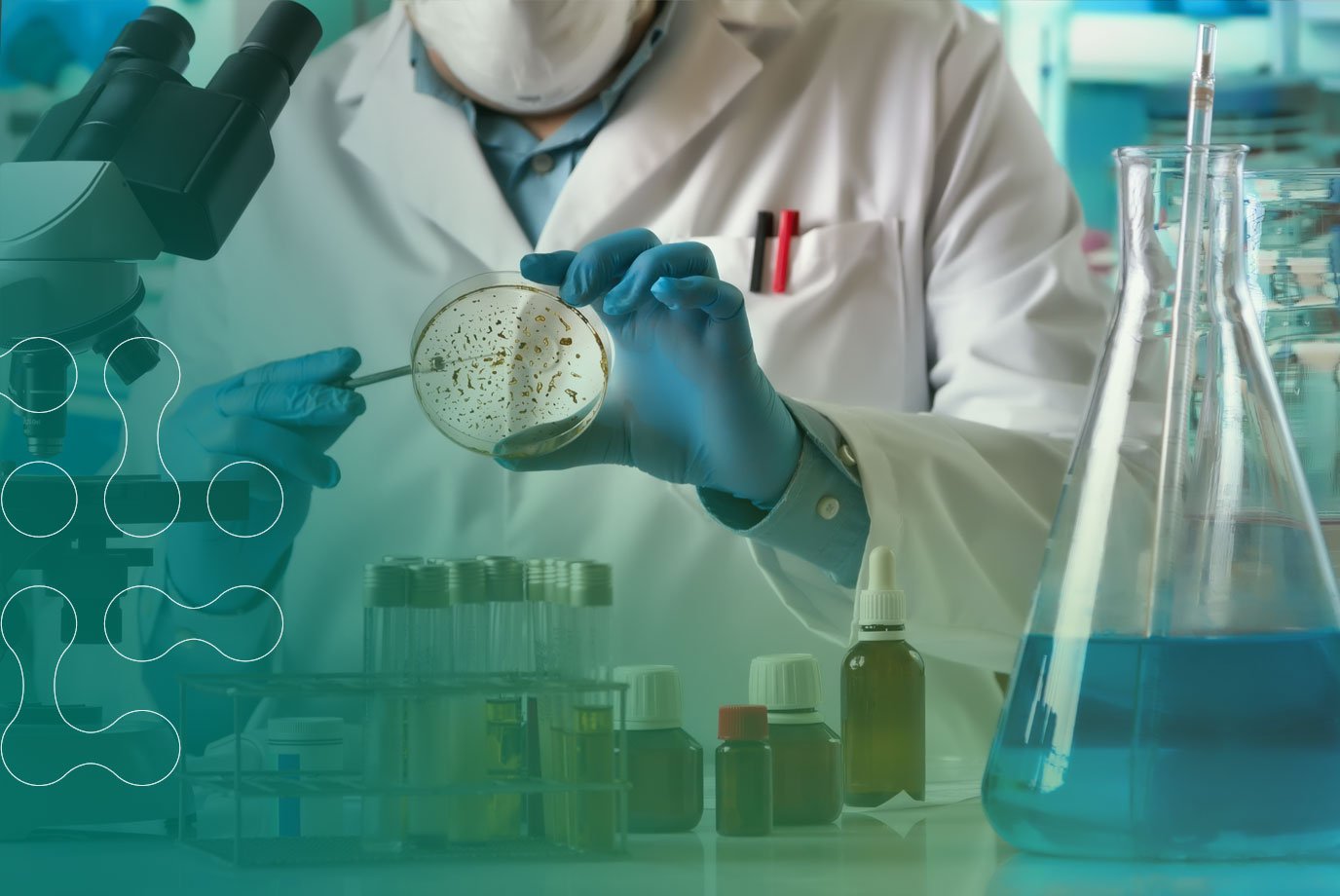Each of us has a digestive system which is basically a series of organs designed to break down the food we eat into useable nutrients for our body, this process involves both enzymes and bacteria – much like our cleaning technology.
The Mouth
Our digestive system begins in the mouth, where food is chewed and mixed with saliva in order to break it down into manageable quantities for swallowing. The saliva in question contains enzymes, particularly amylase and lipase - these enzymes break down starch, similar carbohydrates, and fats respectively.
The Stomach
Following the breakdown in the mouth, food is then swallowed, passing it through the gullet or oesophagus, which is effectively a long muscular tube leading to the stomach. Conditions in the stomach are extremely harsh due to the production of significant quantities of hydrochloric acid to aid the breakdown of food, along with other chemicals. The acidic conditions will usually kill any harmful bacteria accidentally entering via the food. The stomach also produces several enzymes including protease and lipase for the digestion of proteins and fats.
The Small Intestine
After 1-2 hours food has been digested into a thick liquid called chyme, which leaves the stomach into the duodenum, the first section of the small intestine. Here, its acidity is neutralized with bile produced by an organ called the gall bladder and by bicarbonate, produced by the pancreas and duodenum. These neutral conditions allow continued digestion of chyme by further enzymes produced by the pancreas, particularly lipase and protease, for the digestion of fats and proteins.
Food then passes into the main part of the small intestine, where further digestion takes place, helped by additional enzymes secreted by the intestinal wall. Once the contents of the chyme have been digested into smaller, simpler molecules, they can be absorbed through the small intestine into the bloodstream – nearly all absorption of nutrients takes place here!
The Large Intestine
Once nutrients in the chyme have been largely exhausted it passes into the large intestine or colon. Digestion and absorption continue to take place here, although the process is far slower; taking between 12-50 hours depending on the person concerned. Fermentation of less digestible material takes place here by our gut flora – the microbes that live in our digestive system. There is an extremely large population of bacteria and other microbes within our digestive tract – mainly in the colon but also found in the previous parts of the digestive system, as described above. There can be up to a trillion bacteria in each gram of intestinal content! This concept might seem slightly alarming as many of us associate bacteria with illness, but in this case, the relationship is mutually beneficial, and these “friendly” bacteria are essential to our health and wellbeing! For example, in the large intestine they break down dietary fibre into smaller molecules and produce vitamins and other beneficial compounds that can be absorbed into the bloodstream. They also form a protective barrier against harmful bacteria that could otherwise make us ill.
Water and valuable minerals are also reabsorbed into the bloodstream in the large intestine before the semi-solid waste matter, known as faeces, leaves our bodies through the anus. Our food’s journey through our digestive system is complete.
It is worth mentioning that the entire journey is helped along by a process called peristalsis, which is basically a series of muscular contractions and relaxations along the digestive system. From the process of swallowing to the muscular contractions that allow us to go to the loo, the physical process of peristalsis aids digestion and keeps everything moving along.
Now it is normal as this point to wonder, what all this has to do with BioHygiene!? However, the biotechnology harnessed by BioHygiene products has many parallels with biological systems found in the human body and in particular with the human digestive system!
Similarities to The BioHygiene Range
Much like our digestive system, BioHygiene products incorporate enzymes, bacteria, organic acids or a suitable combination of these technologies.
We have seen how enzymatic digestion of food begins in the mouth and continues as food passes through the human digestive system. In exactly the same way, enzymes in BioHygiene products are essential for breakdown of organic matter. Enzymes are not alive but are essentially proteins that speed up certain biological reactions. As in the digestive system, when used in biological cleaning products, enzymes break down organic matter into smaller molecules, in this case that can be easily washed away by the cleaning process or subsequently degraded by beneficial bacteria. They are useful where an immediate or first-stage breakdown reaction is required.
Enzymes used in BioHygiene products include lipase and protease. Lipase digests fats, oils and greases and is used in BioHygiene Kitchen Cleaner and Degreaser where it enhances cleaning power by cutting through greasy deposits. Protease breaks down proteinaceous matter and is important in products such as BioHygiene Odour Stopper, where it breaks down organic matter responsible for the generation of unpleasant odours.
We have also seen how hydrochloric acid in the stomach aids the breakdown of food and helps to kill undesirable bacteria entering the stomach. Naturally-derived organic acids carry out similar functions in certain BioHygiene products. For example, they provide unrivalled cleaning and descaling power in BioHygiene Organic Acid Descaler and kill harmful bacteria when used in BioHygiene All Purpose Sanitiser.
We have also discussed the importance of “friendly” bacteria in the large intestine and their role in the final stages of digestion and in our health & well-being. These living, microscopic organisms require nutrients to survive, just like us. When used in BioHygiene products they will grow and colonise the site of application, creating a healthy microflora and forming films called ‘biofilms’ on suitable surfaces. They can colonise areas that normal cleaning cannot reach, for example penetrating into cracks in bathroom tiles or deep into carpet fibres. They may digest simple compounds produced by enzymatic cleaning but more importantly they also produce and secrete their own enzymes to degrade organic matter around them, over extended periods. Hence beneficial bacteria are able to produce a long-term cleaning effect and break down organic matter responsible for unpleasant odours, long after “normal” cleaning has finished. A number of BioHygiene products, including BioHygiene All Surfaces & Floor Cleaner and BioHygiene Soft Fabric Cleaner, incorporate this valuable technology.
Finally, just like the physical processes of chewing and peristalsis, breaking up the food we eat and keeping it moving along the digestive system, when using cleaning products, a little physical action is often necessary!




